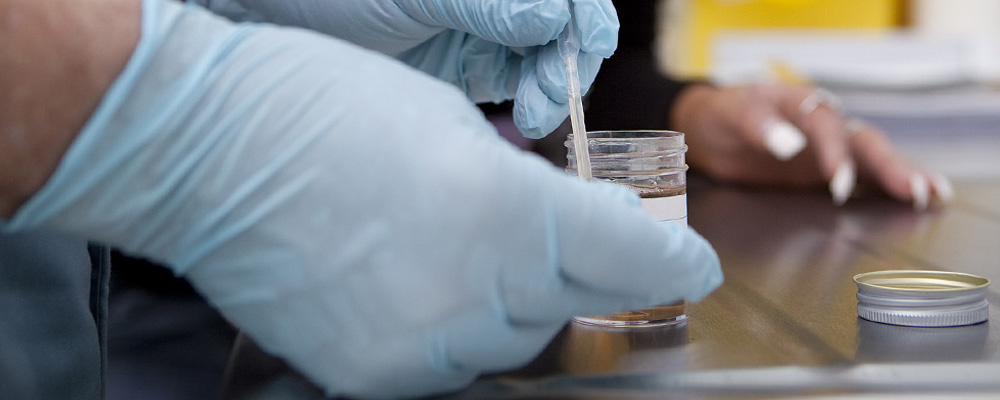
Paroxysmal Nocturnal Haemoglobinuria
PNH is a rare blood condition where blood cells are prone to be attacked by part of the body’s immune system. The process where the red blood cells are destroyed is called “haemolysis” and it is responsible for many of the symptoms of the disease. “Haemolytic PNH” affects about 5 people in a million of the general population. Another 10 people per million have a small PNH clone but few PNH-type symptoms.
Not all individuals with PNH are affected in the same way. Some patients may have no symptoms whereas others can experience lots of different complications due to having the illness.
Professor Peter Hillmen explains PNH
The function of the bone marrow
The main purpose of the bone marrow is to produce blood cells.
There are three main types of blood cells made by the bone marrow: red blood cells, white blood cells and platelets.
- Red blood cells carry oxygen around the body as they contain haemoglobin which binds and transports oxygen. Anaemia is where the level of red cells, and therefore the haemoglobin, is low. The symptoms of anaemia include tiredness, palpitations, breathlessness and looking pale.
- White blood cells are responsible for fighting infections and a low white cell count can mean people are more prone to develop infections.
- Platelets are blood cells involved in blood clotting. Low platelet counts are associated with increased bruising and bleeding. Activated (or stimulated) platelets can clump together in the wrong place leading to the formation of blood clots (also known as thromboses).
Why PNH?
PNH was named a long time ago after a description of the symptoms observed in patients. However, the name does not fit for all people who have PNH. “Paroxysmal” refers to symptoms occurring intermittently, “haemoglobinuria” to haemoglobin seen in urine (discolouring it dark red or black urine) and “nocturnal” to it occurring at night (or usually first thing in the morning). In reality the condition is present all the time and not everyone experiences dark urine.
